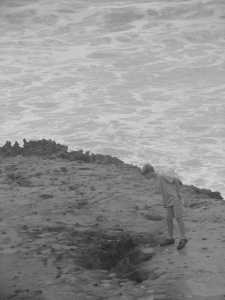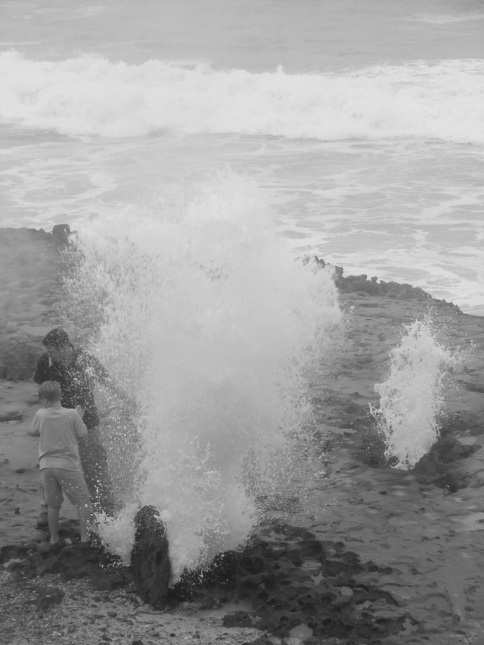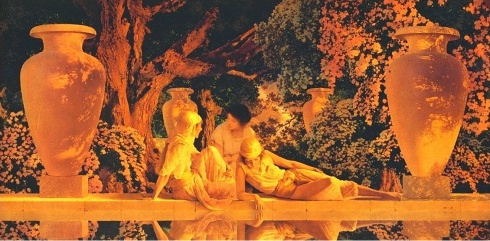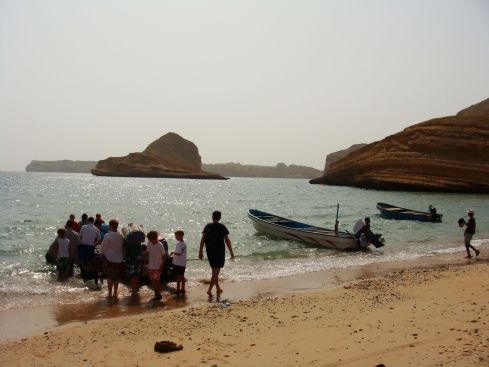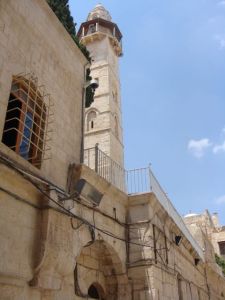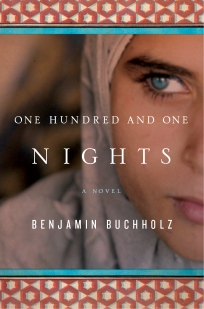Yesterday I stumbled into the monastic quiet of Chancellor Green Hall on the Princeton campus, just to sit and think for awhile before the start of a seminar. There, in the empty octagonal enclosure, with light streaming from all angles through gorgeous stained glass windows, I found a little item worthy of a Not Quite Right mention in honor of this Veteran’s Day, 11-11-11.

An image of peace in a window of Chancellor Green Hall, Princeton.
I’ve got two takes on the image of this Crusader-like figure, both of them worth mentioning in the context of NQR.
First, I wonder if the artist intended the image to embody the Pax Romana, the somewhat oxymoronic enforcement of peace through a monopoly on violence. Does the horseman’s slumping posture hint at the failure inherent in such a doctrine? Or is his head held high, looking foward to a horizon that must lead to a soldier’s self-sacrifice in the name of his ideals?
Second, and maybe simultaneously, I think that this figure represents the very opposite idea: a Don Quixote, piquant, holding aloft a banner embroidered with a single word for Peace despite the realities of the world around him. I like this interpretation best. It has warmth to it that matches the warmth of the light flooding through the colored baubles of glass — the lone soldier holding to an unreality, facing a corrupt world. The invocation of Don Quixote touches also upon madness, a beautiful madness that sees things in their most wondrous light rather than in their most real and dismal actualities. Unfortunately, such an idea is one for books, for literature, for poetry. It intersects only in the realm of ideas with what life is really like for a soldier.
I think of the friends and comrades I have lost at war today and all those who have gone before us, sacrificing, unsure of what ideals they really represent. All a little Quixotic.

